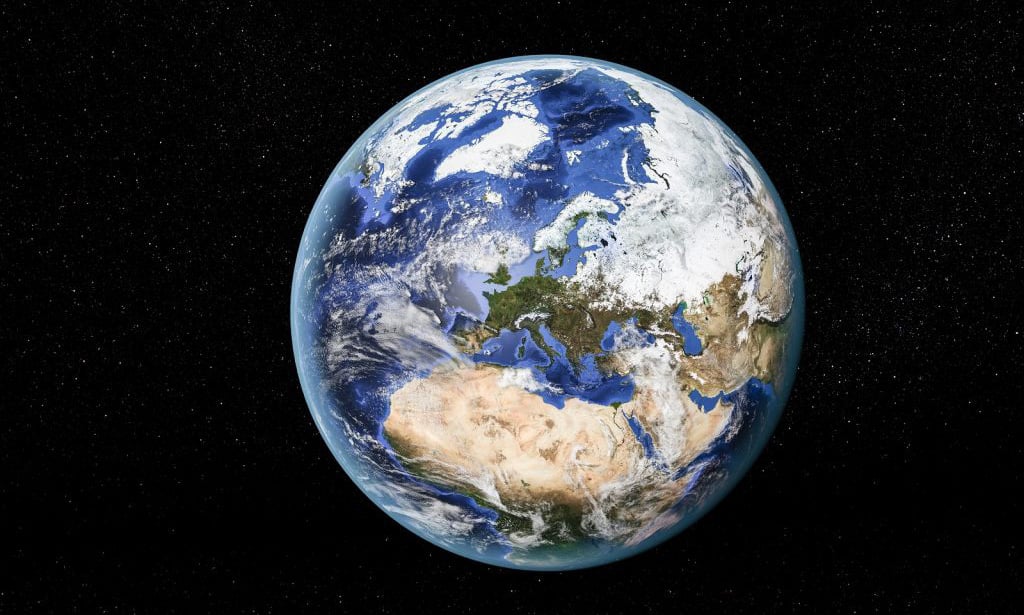The Best Earth Science Projects and Labs Part II Homeschooling Help

Rangking: 18
Size: 700.1KB
Width: 1600
Height: 1066
Planet Earth Wallpaper 1920x1080 84 images
Planet Astronomical symbol of WorldThe Blue Marble, the first full-view photograph of the planet, was captured by astronauts en route to the Moon in 72
Earth is the 3 rd planet from the Sun and the only astronomical thing known to harbor life. Based on radiometric dating and some other sources of evidence, Planet formed over 4. 5 billion years ago. Globe's gravity treats other items in space, especially the Sun and the Celestial body overhead, Earth's only natural satellite television. Earth revolves around the Sun in 365. 26 times, a period known as an Earth year. In the course of this time, Earth revolves about its axis about 366. 26 times.
Earth's axis of rotation is tilted with respect to its orbital plane, producing seasons in the world. The gravitational interaction between Earth and the Moon causes sea tides, stabilizes Earth's positioning on its axis, and steadily slows its turn. Earth is the densest planet in the Photo voltaic System and the largest of the four terrestrial planets.
Earth's lithosphere is divided into several firm tectonic plates that migrate across the surface over periods of many thousands of years. About 71% of Earth's surface is covered with water, generally by oceans. The remaining 29% is land comprising regions and islands that collectively have many lakes, waterways and other sources of water that contribute to the hydrosphere. Nearly all Globe's polar regions are protected in ice, including the Antarctic ice sheet and the sea ice of the Arctic ice pack. Globe's interior remains active with a solid iron inner core, a liquid external core that generates the Earth's magnetic field, and a convecting mantle that drives plate tectonics.
Within just the first billion years of Earth's history, life appeared in the seas and commenced to affect the Earth's atmosphere and surface, leading to the proliferation of aerobic and anaerobic organisms. Some geological evidence indicates that life could have arisen as much as 4. 1 billion dollars years ago. Since then, the mixture of Globe's distance from the Sunlight, physical properties, and geological history have allowed life to evolve and flourish. In the history of the Earth, biodiversity has long gone through long periods of expansion, occasionally punctuated by mass extinction events. Above 99% of all species that ever lived on Earth are extinct. Estimates of the number of species in the world today vary extensively; most species have not been described. Over 7. 6 billion humans live on Earth and depend upon its biosphere and natural resources for their success.[40] Humans allow us diverse societies and civilizations; politically, the world has about 200 sovereign declares.
The present day English word Earth developed from a large variety of Middle English forms, which derived from a classic English noun most often spelled eorðe. This has cognates in every Germanic language, and their proto-Germanic root has been reconstructed as *erþō. In its earliest appearances, eorðe was already used to convert the many senses of Latin terra and Ancient greek language γῆ (gē): the ground, the soil, dry land, the human world, the surface of the world (including the sea), and the world itself. As with Terra and Gaia, Earth was a personified goddess in Germanic paganism: the Angles were listed by Tacitus as among the devotees of Nerthus, and later Norse mythology included Jörð, a giantess often given because the mother of Thor.
Originally, planet was written in lowercase, and from early Middle English, its definite sense as "the globe" was expressed as the planet. By Early Modern English, many nouns were capitalized, and the earth became (and often remained) the Earth, particularly if referenced alongside with other heavenly bodies. More recently, the name is sometimes simply given as Earth, by analogy with the names of some other planets. House styles now vary: Oxford spelling recognizes the lowercase form as the utmost common, with the made a fortune form an acceptable alternative. Another convention capitalizes "Earth" when appearing as a name (e. g. "Earth's atmosphere") but writes it in lowercase when forwent by the (e. g. "the atmosphere of the earth"). It almost always appears in lowercase in colloquial expressions such as "what on earth are you doing? ".
